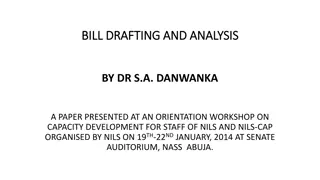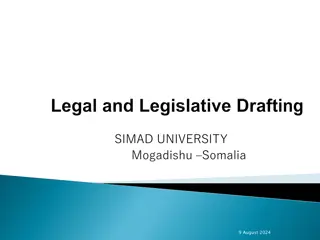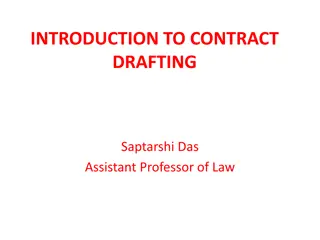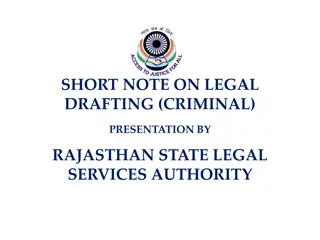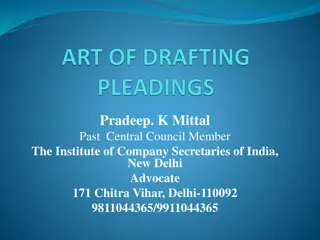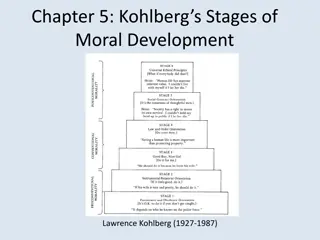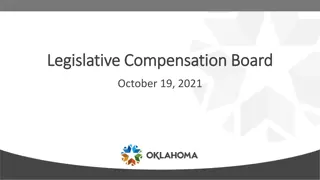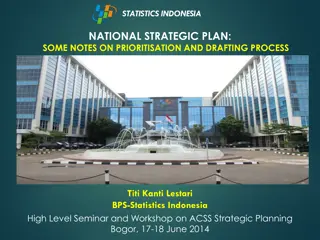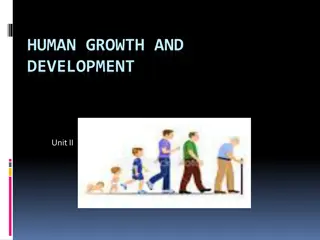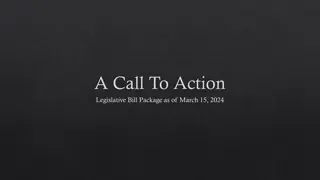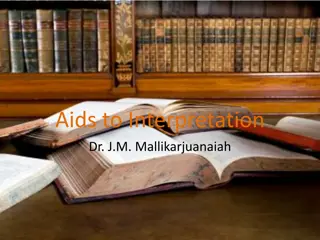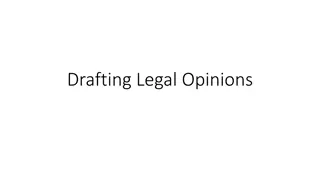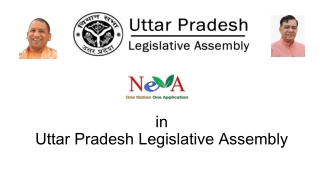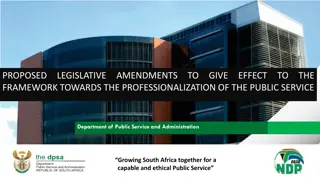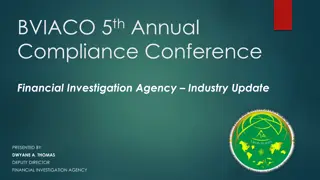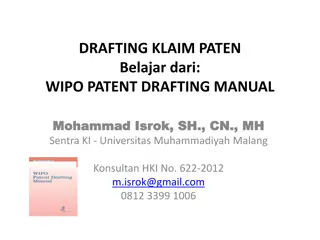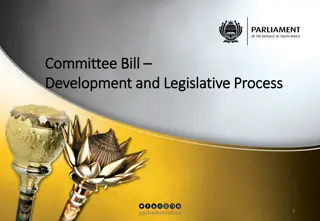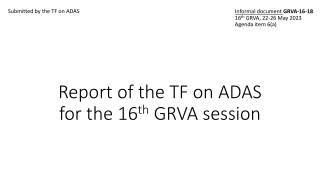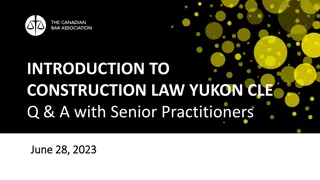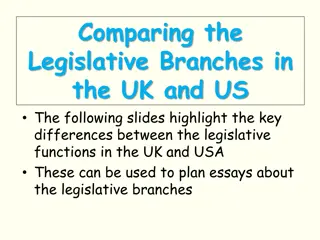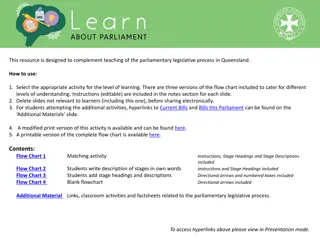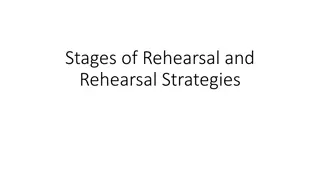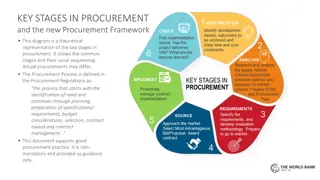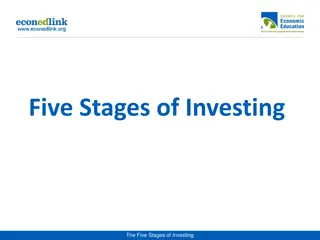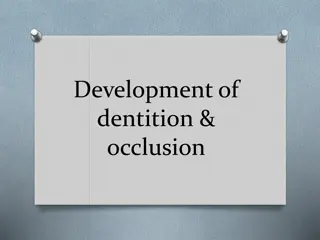Understanding the Stages of Legislative Drafting Process
Legislative drafting is a crucial process in constructing legislation. It is part of the broader policy and legislative processes, involving stages like understanding the proposal, analyzing it, designing the law, composing the draft, and verifying it. Each stage holds significance in ensuring the effectiveness and legality of the final legislation.
Download Presentation

Please find below an Image/Link to download the presentation.
The content on the website is provided AS IS for your information and personal use only. It may not be sold, licensed, or shared on other websites without obtaining consent from the author. Download presentation by click this link. If you encounter any issues during the download, it is possible that the publisher has removed the file from their server.
E N D
Presentation Transcript
STAGES OF THE LEGISLATIVE DRAFTING PROCESS NILS-CAP Intensive Training Workshop on Legislative Drafting 1 and 11 December 1-5, 2014 BY Dr. Tonye Clinton Jaja National Institute for Legislative Studies (NILS) National Assembly Abuja E-mail: tonyeclintonjaja@yahoo.com 1
OUTLINE What is Legislative Drafting? What is the Policy Process What is the Legislative Process What is the Legislative Drafting Process? What are the five stages of the Legislative Drafting Process? 2
What is Legislative Drafting? Legislative drafting is the process of constructing a text of legislation. Legislative drafting reflects the drafting process only. But of course this does not mean to say that drafting is completely foreign to the legislative process. In fact, the drafting process is part of the legislative process, which in turn is part of the policy process. See C. Stefanou, Drafters, Drafting and the Policy Process in Constantin Stefanou and Helen Xanthaki (eds), Drafting Legislation: A Modern Approach (Ashgate 2008) 321. 3
Legislative Drafting and the Policy Process Stages of the Policy Process Initiation (the decision to make a decision-agenda setting) Formulation (detailed development of policy into specific proposals) Implementation (putting policy into practice) Evaluation (appraising the effects and success of the policy) Decision (continue or revise or terminate) See R.Hague, M.Harrop and S.Breslin, Comparative Government and Politics: An Introduction (London: Macmillan, 1998) 4th Edition 4
stages of the legislative drafting process The drafting process is divided by the great Garth Thornton into five stages: (1) Understanding the proposal. (2) Analysing the proposal. (3) Designing the law. (4) Composing and developing the draft. (5) Verifying the draft.-see Helen Xanthaki, Thornton s Legislative Drafting (5th edn. Bloomsbury 2013), pp.145-162. 5
Stage 1- Understanding the proposal Involves the receipt and careful reading of drafting instructions. Written drafting instructions are better than oral-see AG Rivers State v. AG Akwa Ibom (2011) 8 NWLR (pt.1248) 31 at 295 U.K. drafting instructions are prepared by Legal Advisers based on Administrators instructions, sent to the Office of Parliamentary Counsel. They must not take the form of a lay or rough draft law. Private Members Bills not drafted by OPC. In Nigeria, LSD, National Assembly receives Executive Bills from President in format of draft Bill. Accompanied with letter of transmission. 6
Stage 2- Analysing the proposal Stage 2 involves the compilation of a legislative research report. It is drafter s response to the drafting instructions. There are different types/models for analysis of Drafting Instructions: e.g. (A) NILS LEGISLATIVE RESEARCH REPORT-MLD 1st semester (B) Patchett s model checklist-SIGMA Paper No.18, pp. 26-27.: 1. Regulatory Impact Analysis-RIA., Cost/Benefit assessment. 2.Alternatives to legislating-using the Government s toolkit . 3. Verification of the necessity and effectiveness of legislative proposals 4. Administrative requirements and implementation methods. 5. Checking compliance with EU law. -1999 CFRN 6. Checking compliance with Human Rights. 7. Checking compliance with the constitution and existing laws. 8.Checking form, structure, language use. 9.Minimum content of explanatory memoranda. 7
Stage 3-Designing the Law Stage 3 of the drafting process involves designing the law, namely structuring the legislative text in a manner that facilitates understanding, and consequently invites implementation. Bergeron states that Bills must be arranged in a logical order. The provisions of the statute that are of a permanent nature precede those expected to have a limited life. The statute must be preceded by a table of provisions showing the headings and the section titles. The table of provisions is not part of the statute but is included to make it easier to consult. 8
Stage 3-Designing the Law-contd In practice a Bill can include some of the following types of provisions: Preliminary provisions o Long title o Preamble o Enacting clause o Short title o Commencement o Duration/Expiry o Application o Purpose clause o Definitions o Interpretation Principal provisions o Substantive provisions o Administrative provisions Miscellaneous 9
Stage 3-Desiging the Law o Offences and provisions ancillary to offences such as time limit for prosecution, continuing offences, offences by corporations, and vicarious responsibility Miscellaneous and supplementary provisions such as evidentiary provisions, a power to make subordinate legislation, service of notices, powers of entry and search, seizure and arrest. Final Provisions Savings and transitional (these may also be placed in a schedule if they are long) o Repeals o Consequential amendments (these may be placed in an annex especially if the repeals and consequential amendments are numerous and can conveniently be presented in a tabular form) 10
Stage 3:Designing the Law-some modern approaches Sunset clauses The Keeling Schedule is a device which sets out the wording of the enactment, indicating by bold type the changes proposed. 9 It is only used where the changes made by the Bill in the previous enactments are exclusively textual amendments or repeals. The Keeling technique not only shows, in the Schedule how the law will look once it is amended, but also makes clear, in the text of the Bill itself, how the law is being amended. It is named after Mr. E. H. Keeling, (later Sir Edward Keeling) who, with Mr. R. P. Croom-Johnson (later Mr. Justice Croom-Johnson) made the original proposal. 11
Stage 4- actual drafting of the text of the law The drafting of text requires application of the rules for words and grammar , legislative sentence-subject, action, case condition . Bad practices include the use of unnecessary words; the use of the same word or phrase in different contexts; synonyms and couplets - null and void ; jargon; passive voice; plural; archaic terms (such as said as an adjective); legalese. Best practice includes the use of the present tense and active voice, the correct use of may and shall and must or present tense to express the imperative mode; and gender-neutral language. 12
Stage 5-scrutiny and verification of bill Stage 5 involves the verification of the legislative text. Drafts need to be verified as a means of achieving quality. Verification takes place internally, namely within the drafting team, and externally, namely by Parliament or other interested Ministries and affected agencies. Methods of Scrutiny of Bill-(1) NILS Method (2) Dr.Duncan Berry s method When to undertake Scrutiny Ideally, of the legislative text should be a continuous process throughout the drafting. Best practice calls for each version of a draft should be subjected to scrutiny of legal form, clarity and comprehensibility; and at the end of drafting, the final version of the law must be scrutinised. 13
THE WAY FORWARD What methods of scrutiny of bills are applied by your STATE HOUSES OF ASSEMBLY? What benefits have you derived from scrutiny of Bills since 1999? NILS Experience of Bills Scrutiny resulted in the 2006 Electoral Act 14


